Today we come together to blow NB!
In fact, the buddy in the communication circle has already guessed, what I call NB, is it:
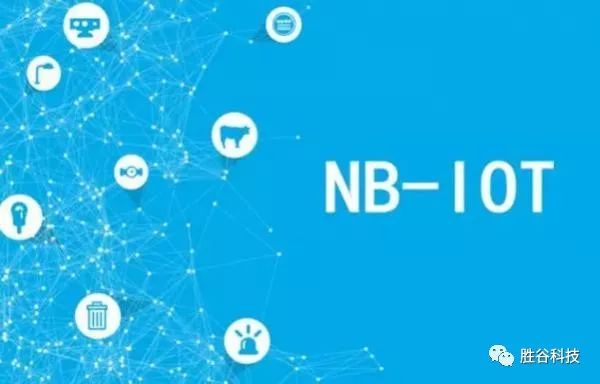
Before specifically speaking NB-IoT, let's talk about IoT without NB.
What is IoT
IoT is the famous Internet of Things (Internet of Things).
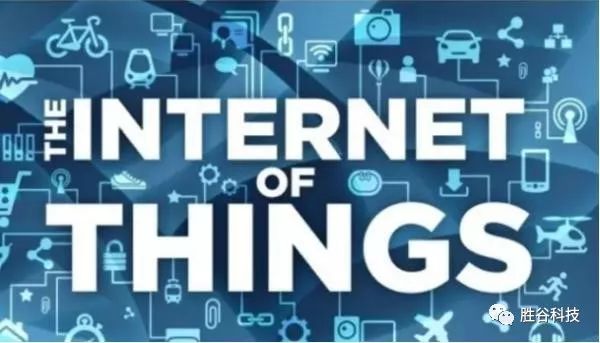
As we all know, after the continuous development of 2G, 3G, and 4G, combined with the widespread popularity of smart phones, we have basically realized the interconnection of data among people. From early SMS and voice calls to current pictures, videos, video phones, and even simultaneous networked games. Any form of data, instant communication between people, has become very simple.
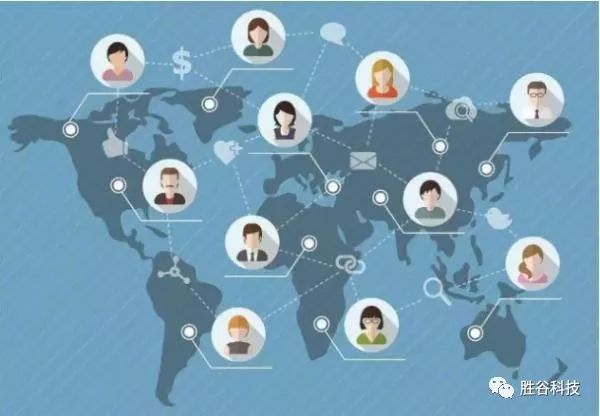
Is that enough for communication development now?
Obviously not.
Human's persistent pursuit of science and technology and quality of life will not stop there. Demand will continue to emerge, and technology is far from reaching the ceiling.
In addition, even if the user's needs are not so obvious, driven by commercial interests, manufacturers will continue to come up with new things to lift the user's appetite. If there are no new technologies and new products, what do companies rely on to make money and feed so many eating mouths?
Where does the next route go?
For communication technology, the most direct manifestation of technological advancement is speed. When you use your mobile phone to download data (play games, watch videos), you certainly hope that the speed must be faster, faster, and faster.
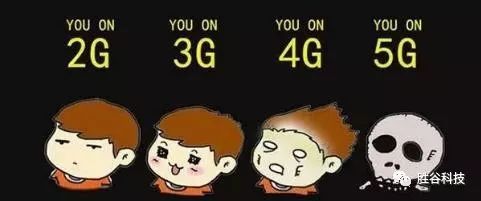
In addition to the pursuit of speed, what else can be pursued?
The answer is - the connection object
All along, we have mainly connected people and tried to connect people. Now that people are connected, can we connect things together?
Why do you want to link "things"? This is a great benefit.
If everything is connected, our lives will change dramatically. Just imagine, if all the cars are connected to the network, is it possible to achieve automatic driving? The roads, distances, and speeds will be coordinated between cars and cars, and car accidents will never happen again. If all home appliances are connected to the network and they are controlled at any time, before they reach home, they first turn on air conditioners and water heaters, forget to turn off the lights, turn off lights remotely, and even remotely check security information. Is it more convenient and safe?
The benefits of the Internet of Things go far beyond these.
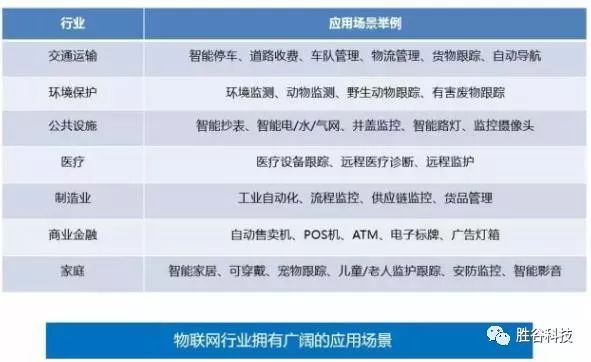
This is a huge market with huge commercial value and social value.
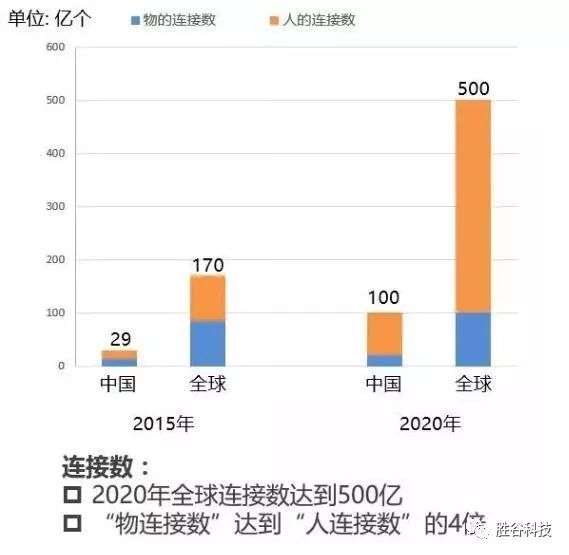

Such a big piece of cake, how could the manufacturers let it go?
As an important part of the Internet of Things (IoT) industry chain, network connectivity technology has become a new point for manufacturers. Major manufacturers have introduced their own standards and entered the melee state.
The current mainstream IoT technology standards are:
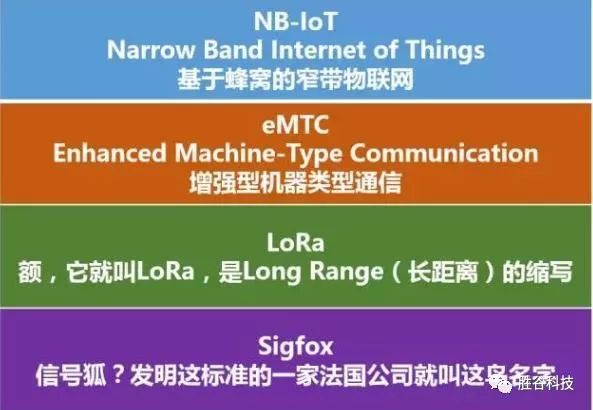
As you can see, NB-IoT is one of the standards of the IoT.
What are the differences in the Internet of Things?
The way people connect and the way they connect are very different.
What kind of network do you need to connect people?
Faster
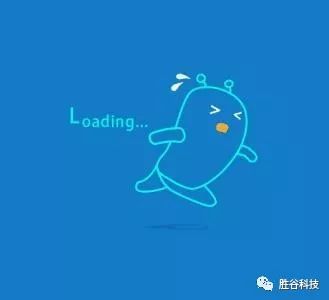
Long standby time

The connection is completely different. For most IoT demand scenarios, what is needed is
Standby for a long time
The cost is low
Speed, enough to use it (usually very low speed requirements)
In general, for the Internet of Things's characteristics, we all call it:
LPWAN (Low Power Wide Area Network, Low Power Wide Area Network)
Compared to other network types, its positioning is shown in the figure below
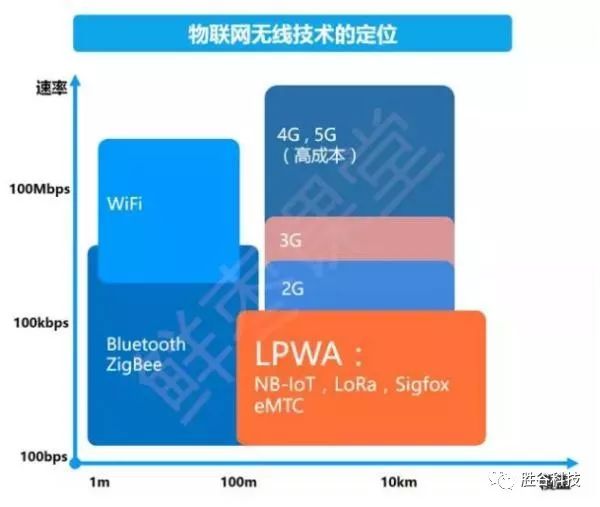
Development of NB-IoT
NB-IoT is currently very competitive among several major standards. Especially in our country, major operators all have their actions on NB-IoT. In particular, China Telecom has taken a certain advantage and rushed ahead. (The reason for this is that there are opportunities for us to elaborate in the future).
It is eMTC that can compete with NB-IoT.
Why does NB-IoT and eMTC have advantages? Take a look at the picture below:
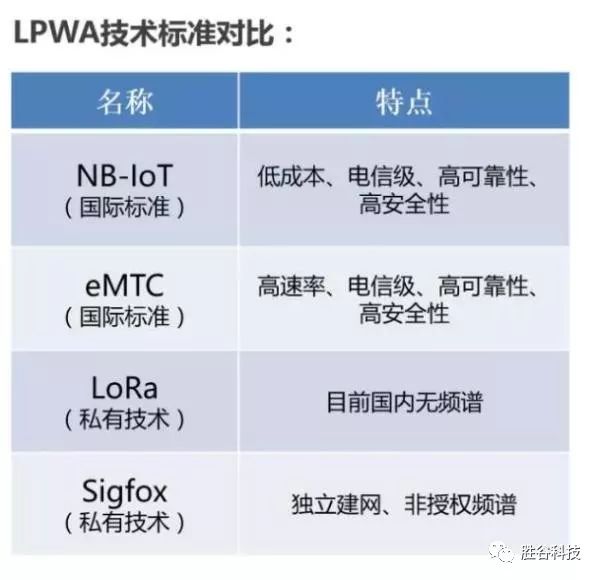
The most deadly reason is the spectrum problem of high cost of land. What is the spectrum? A simple understanding is the lane above the highway. There are no legitimate lanes of their own, which of course determine the fate of the future. LoRa and Sigfox are inherently inadequate.
The NB-IoT is now so hot and it has a lot to do with the backers behind it.
Its backing is the well-deserved No. 1 in today's communications equipment business...

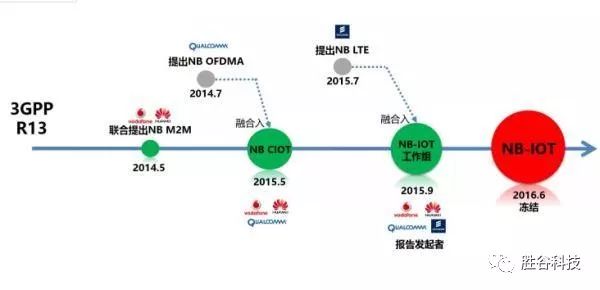
At present, the NB-IoT standard has been frozen and China is already in the commercial stage of scale.
However, because of different application scenarios, it will definitely bring about different network types. In the future, the network must be a coexistence of multiple standards and work together. It cannot be a monopoly of NB-IoT.
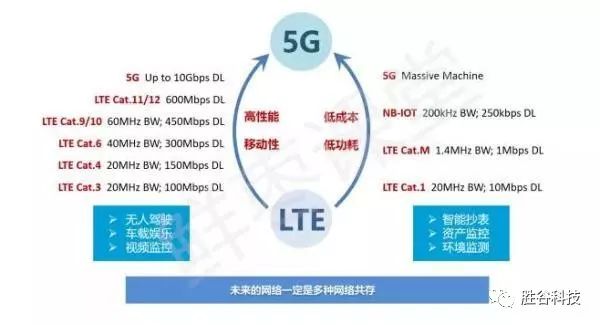
NB-IoT Features
NB-IoT is the Internet of Things technology standard and has the following four characteristics:
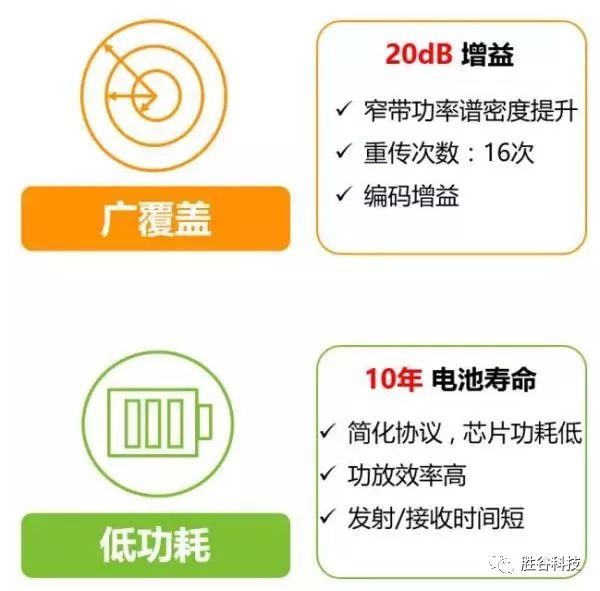
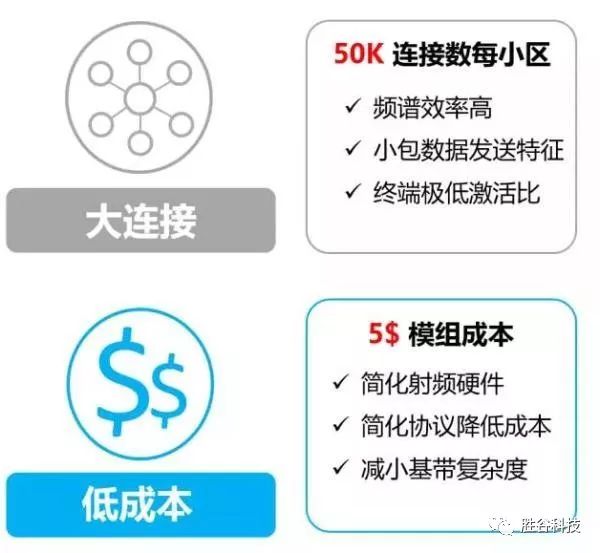
In fact, in layman's terms, the characteristics of NB-IoT are: Eat less, sleep more, work more, and don't pay attention. . .
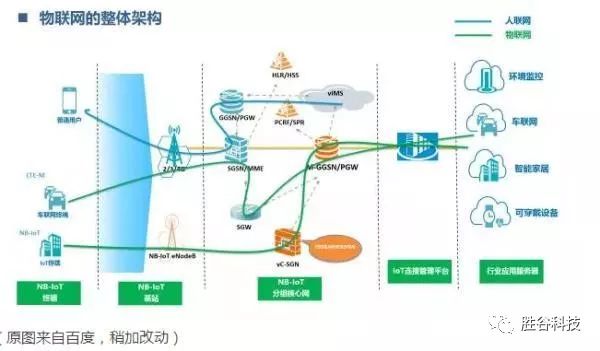
Outdoor Fixed LED Display is a popular product for its high quality, every year sold to at least 80,000 pieces around the world, including Europe, North America, southeast Asia.Compared to other indoor LED display in the market, its biggest advantage is that it can display high-definition images while maintaining low power consumption.Besides, it adopts Die casting aluminum cabinet which is ultra-thin and ultra-light and owns good heat dissipation.Easy to install and maintain and suitable for multiple indoor scenes.
Application:
* Business Organizations:
Supermarket, large-scale shopping malls, star-rated hotels, travel agencies
* Financial Organizations:
Banks, insurance companies, post offices, hospital, schools
* Public Places:
Subway, airports, stations, parks, exhibition halls, stadiums, museums, commercial buildings, meeting rooms
* Entertainments:
Movie theaters, clubs, stages.
Outdoor Fixed LED Display,Led Wall Display Screen,Curved Led Display Screen,Led Display Board
Guangzhou Chengwen Photoelectric Technology co.,ltd , https://www.cwstagelight.com
